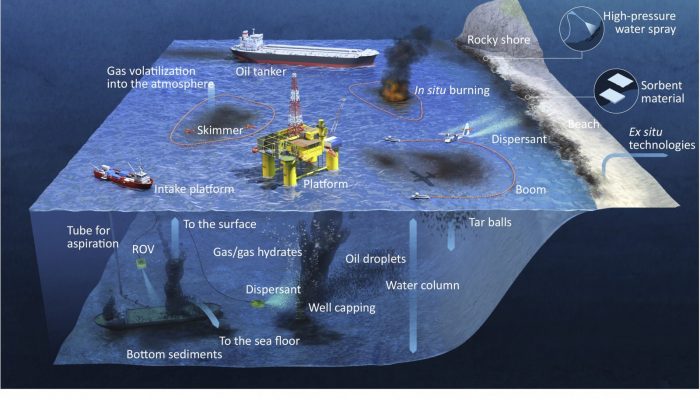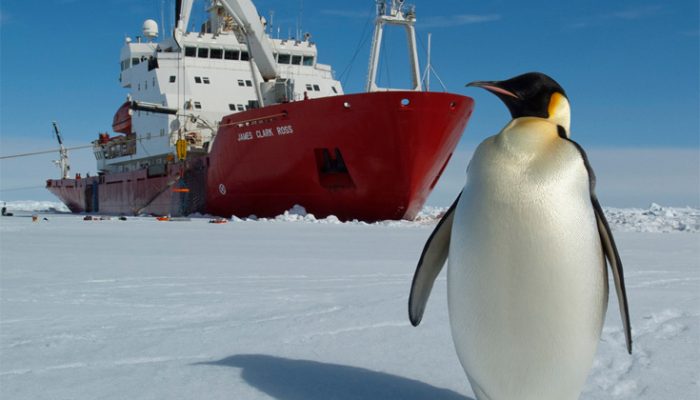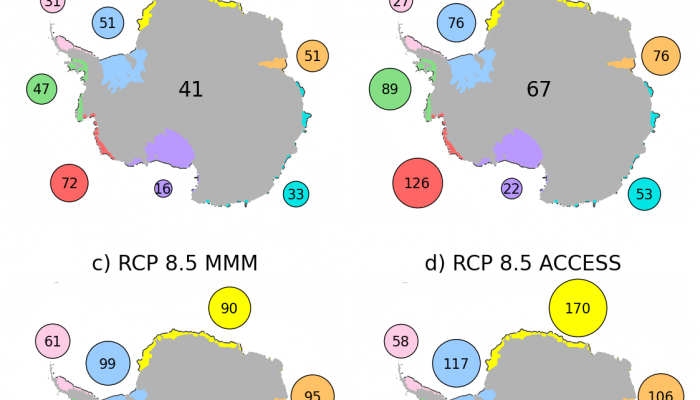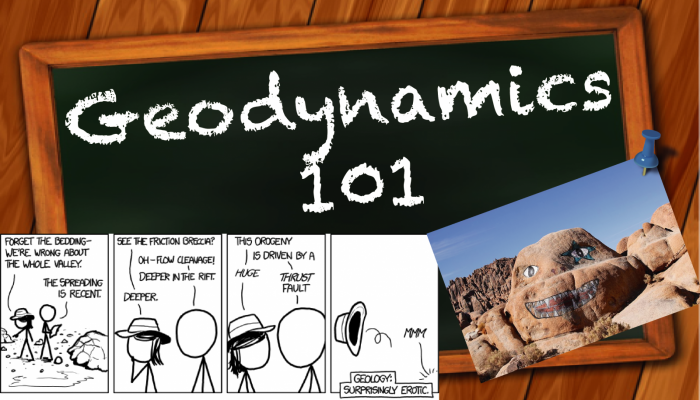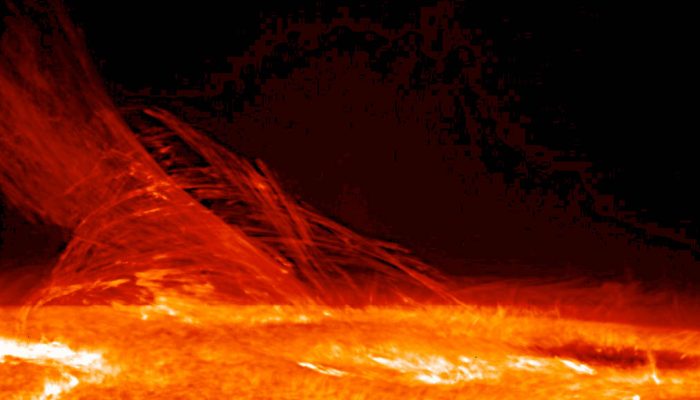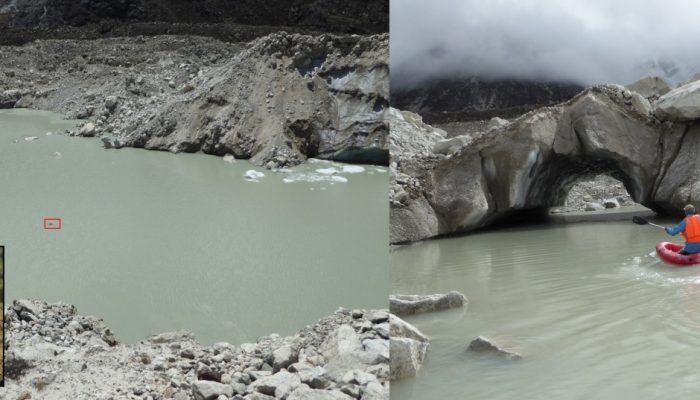Hello to everyone. Today I have the personal pleasure to interview Dr. Grégoire Michoud. He is a friend and a brilliant scientist working on ecosystem microbial ecology. In the interview, Grégoire will talk to us about oil spills in the marine system, a specific anthropic hazard that can evolve into a natural hazard with terrible environmental consequences. Hello Grégoire, please tell us ...[Read More]
Tectonics and Structural Geology
Mind Your Head #4: Job uncertainty in academia – know your strengths and possibilities!
Mind Your Head is a blog series dedicated towards addressing mental health in the academic environment and highlighting solutions relieving stress in daily academic life. In the three previous blog post of this ‘Mind your head’ series, we discussed the importance of communication with fellow ECS, time management, and a healthy relationship with your advisors. However, there is one big source of st ...[Read More]
Cryospheric Sciences
Image of the Week – Stuck in the ice: could it have been predicted?
Expeditions in the Southern Ocean are invaluable opportunities to learn more about this fascinating but remote region of the world. However, sending vessels to navigate the hostile Antarctic waters is an expensive endeavor, not only financially but also from a human perspective. When vessels are forced to turn back due to hazardous conditions or, even worse, become stuck in the ice (as shown in ou ...[Read More]
Stratigraphy, Sedimentology and Palaeontology
You wouldn’t go in the early basement during the upper afternoon, don’t you?
I remember it perfectly. It was 13 years ago, while writing my first manuscript, I was first confronted with that thing that challenges a lot of junior stratigraphers, especially when they are not a native English: Geochronology vs. Chronostratigraphy! Or to simplify, how to properly distinguish time and time-rock units in your writings. Several papers have been published on this subject, out of w ...[Read More]
Geodynamics
Thirteen planets and counting
Apart from our own planet Earth, there are a lot of Peculiar Planets out there! In this series we take a look at a planetary body or system worthy of our geodynamic attention, and this week we move back to our own solar system. Many of us will clearly remember the downgrading of Pluto as a planet nearly 12 years ago to the month. In this informative and witty post, Laurent Montesi from the Univers ...[Read More]
Cryospheric Sciences
Image of the Week – The future of Antarctic ice shelves
Climate change will increase ice shelf melting around Antarctica. That’s the not-very-surprising conclusion of a recent modelling study, resulting from a collaboration between Australian and German researchers. Here’s the less intuitive result: much of the projected melting is actually linked to a decrease in sea ice formation. Learn why in our Image of the Week… Different types ...[Read More]
Geodynamics
The rock whisperers…
The Geodynamics 101 series serves to showcase the diversity of research topics and methods in the geodynamics community in an understandable manner. We welcome all researchers – PhD students to professors – to introduce their area of expertise in a lighthearted, entertaining manner and touch upon some of the outstanding questions and problems related to their fields. This month, Manar Alsaif, PhD ...[Read More]
Solar-Terrestrial Sciences
Jaime de la Cruz Rodriguez – ERC success in the field of solar physics
Coronal Heating Problem is one of the Sun’s unsolved mysteries where the corona is heated to over a million degrees and scientists have not figured out where the energy is coming from. Dr Jaime de la Cruz Rodriguez is tackling this 70 year old puzzle by first understanding the layer of the Sun below the corona – the chromosphere. He is awarded the prestigious starting grant by the Euro ...[Read More]
Natural Hazards
How to study Mega-earthquakes? By generating them!
Francesca Funiciello is an Associated Professor at Roma Tre University (Rome, Italy). Her research interests are, among others, geodynamics, seismotectonics, rheology of analogue materials and science communication. She leads an active and young research group composed by Fabio Corbi, Silvia Brizzi and Elenora van Rijsingen, and collaborates with many other young and experienced researchers in Eur ...[Read More]
Cryospheric Sciences
Image of the Week – Making waves: assessing supraglacial water storage for debris-covered glaciers
A creeping flux of ice descends Everest, creating the dynamic environment of Khumbu Glacier. Ice and snow tumble, debris slumps, ice cliffs melt, englacial cavities collapse, ponds form and drain, all responding to a variable energy balance. Indeed, Khumbu Glacier is a debris-covered glacier, meaning it features a layer of sediment, rocks and house-sized boulders that covers the ice beneath. Recen ...[Read More]

